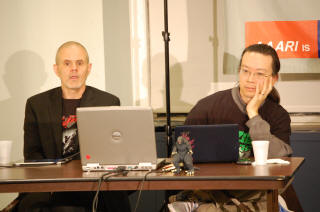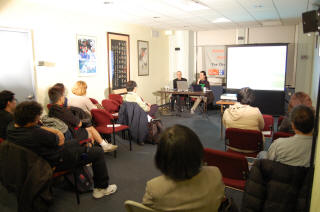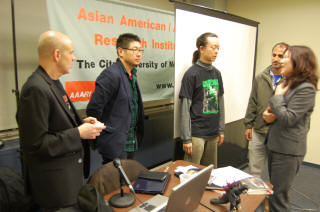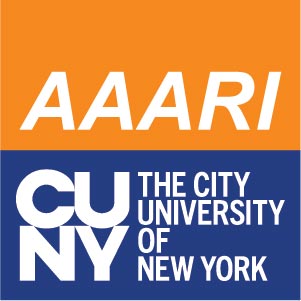
On November 3, 1954, Ishiro Honda’s original Gojira was released in Japan. In the sixty years since, this creation has inspired twenty-seven sequels, as well as decades of spinoffs and satires; books and blogs; and T-shirts and toys. Meanwhile, other cinema monsters, from favorites like King Kong and Mothra to newcomers like Cloverfield and The Host, have carried this legacy across languages and cultures. An understanding of daikaiju eiga – “large mysterious creature cinema” – has become as essential to cultural literacy in the United States as the ability to recognize the tropes of westerns or space operas.
But, while we know what these movies are, it is another matter to consider and decide what they and their enduring popularity mean. Nightmare visions of wrecked cities and destroyed families; swirling fire and smog; volcanoes, quakes, and tsunamis; military mobilizations and civilian evacuations; mad scientists and noble soldiers; and fantastic invasions by beings from outer space and the ocean’s depths have infused the tradition of daikaiju eiga with an anxious sense of both history and prophecy.

The first Godzilla film was conceived after the “Lucky Dragon incident” in which fishermen exposed to radiation from U.S. nuclear tests fell ill. The ensuing public outcry echoed memories of Hiroshima, as well as guilt and anger over the hidden histories of World War II and the era of Western imperialism. Meanwhile, the dawn of the “nuclear age” made many reflect on the relentless march of technology and pollution.
Much like other American iterations (the Raymond Burr remix in 1956 and the Matthew Broderick disaster in 1998), this year’s Legendary Pictures reboot of Godzilla often traded the subversive themes of the original for an ironic embrace of American militarism. Perhaps because of their inherent wish-fulfillment of grand destruction, socio-political tension is often palpable in giant monster movies, whether subtle or stark, propagandistic or ambivalent, notably present or conspicuously absent. In this multimedia presentation and discussion, panelists will discuss political allegories in daikaiju eiga with an emphasis on Toho’s series of Godzilla films. Earlier versions of this presentation were hosted at New York Comic Con, NYU, and Seton Hall University.


